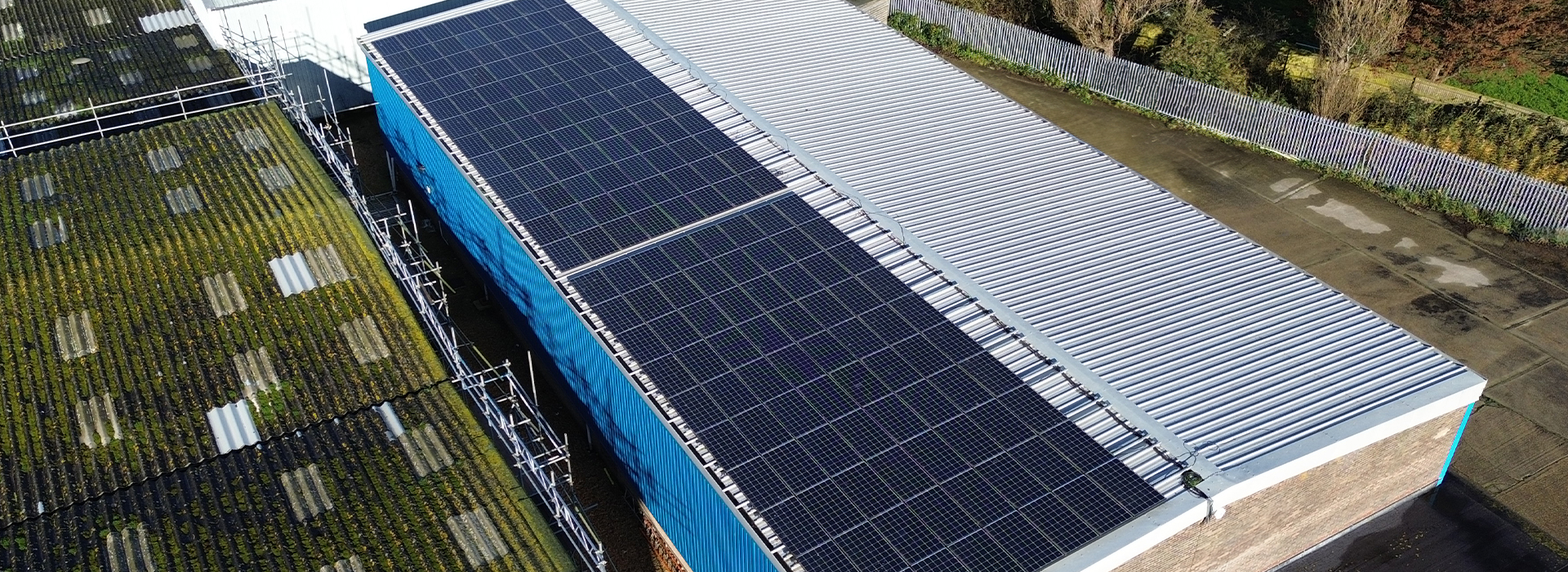Working at height is one of the most hazardous activities in construction, particularly when it involves industrial and commercial roofing. In the UK, fall protection is governed by strict standards to ensure the safety of workers. These regulations not only reduce risks but also help businesses avoid costly penalties and legal issues. Let’s explore the key UK standards for fall protection and why they are crucial for your industrial and commercial roof.
Understanding UK Fall Protection Standards
The UK has clear guidelines that regulate working at height, particularly on roofs. The main legislation governing this is the Work at Height Regulations 2005. It applies to all employers or individuals who control work at height, such as contractors.
Key responsibilities include:
Proper planning and organisation of work at height.
Ensuring workers are competent.
Assessing and controlling risks.
Inspecting and maintaining fall protection systems.
Failure to comply with these regulations can lead to serious accidents and legal consequences.
Essential Fall Protection Systems
To protect workers, a variety of fall protection systems are required depending on the nature of the work and the structure of the roof. The most common systems include:
Guardrails: These provide a permanent solution to protect workers from falling at the roof’s edge. Guardrails must comply with British Standard (BS) EN 13374, which defines safety requirements for temporary edge protection systems.
Fall Restraint Systems: These systems prevent workers from reaching dangerous edges by using personal protective equipment (PPE) like harnesses and lanyards. They must be installed following manufacturer guidelines and regular inspections are mandatory.
Fall Arrest Systems: When fall restraint is not possible, fall arrest systems are used to stop a worker’s fall. These must comply with the BS EN 363 standard, which outlines personal fall protection equipment systems, and should be used only when guardrails and fall restraints are not feasible.
Skylight Protection: Fragile roof surfaces like skylights are a major hazard. Protective covers or nets are required to meet BS EN 1263, ensuring workers are safe from falls through these weak spots.
Regular Roof Inspections and Maintenance
Roof inspections play a critical role in ensuring the effectiveness of fall protection systems. Regular inspections should:
Identify potential hazards.
Verify that safety systems meet current standards.
Ensure that workers are fully trained on the equipment.
According to the Work at Height Regulations, these inspections should be carried out before any work begins and regularly during prolonged projects.
Training and Competency
Fall protection systems are only effective if workers are properly trained to use them. Employers are required to ensure that their workers are competent in identifying risks and using fall protection equipment. Training should be provided regularly, especially if there are updates in safety regulations or equipment.
Why Compliance Matters
For businesses operating in the industrial and commercial roofing sectors, compliance with fall protection standards is non-negotiable. Non-compliance can lead to:
Fines and legal action.
Worksite shutdowns.
Increased insurance premiums.
Severe accidents, injuries, or fatalities.
By adhering to UK standards, not only do you ensure worker safety, but you also protect your business from potential lawsuits and enhance your reputation as a responsible and compliant company.
Conclusion
Fall protection is a critical aspect of working at height on industrial and commercial roofs in the UK. By following the guidelines set out in the Work at Height Regulations and using compliant fall protection systems, you can create a safer work environment, reduce risks, and avoid costly legal issues. Always ensure that your team is trained, your equipment is inspected, and your fall protection measures meet the latest standards.



